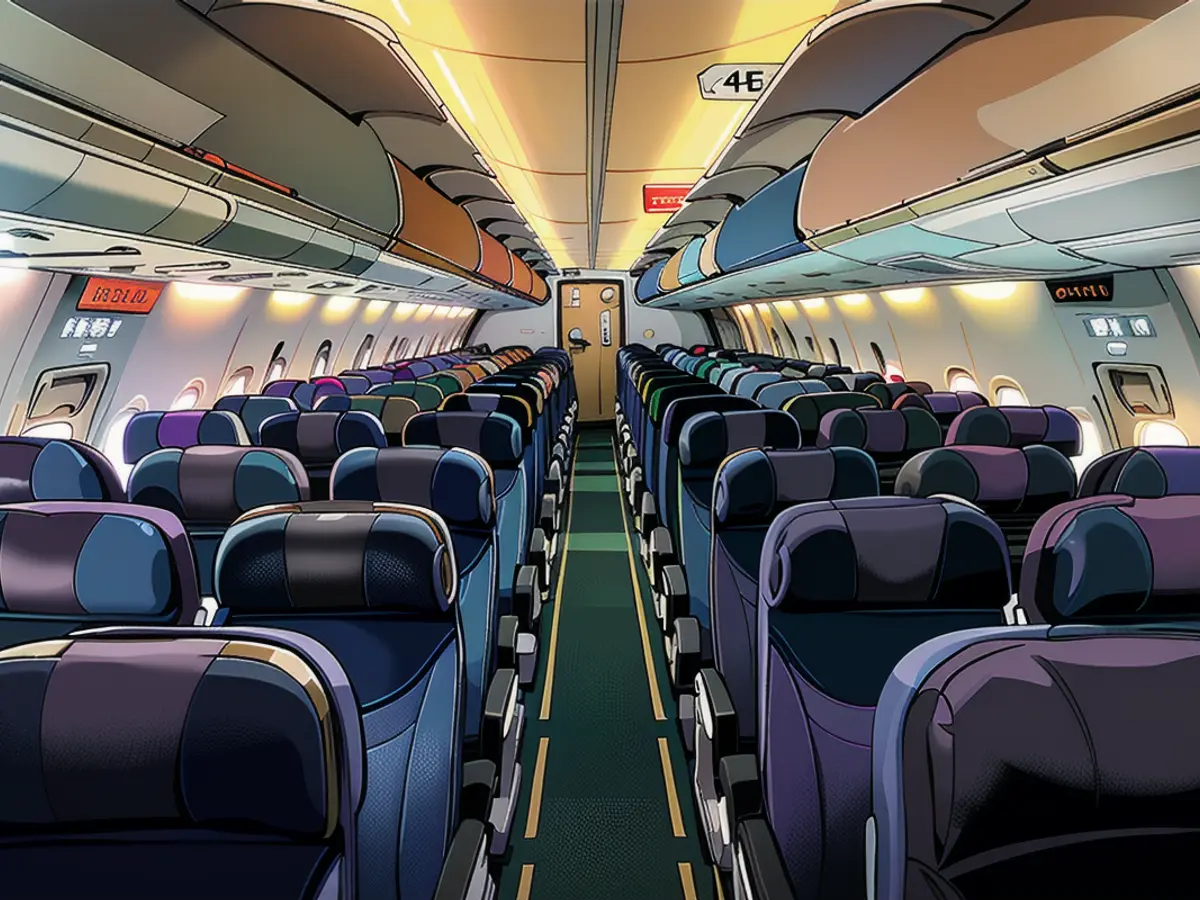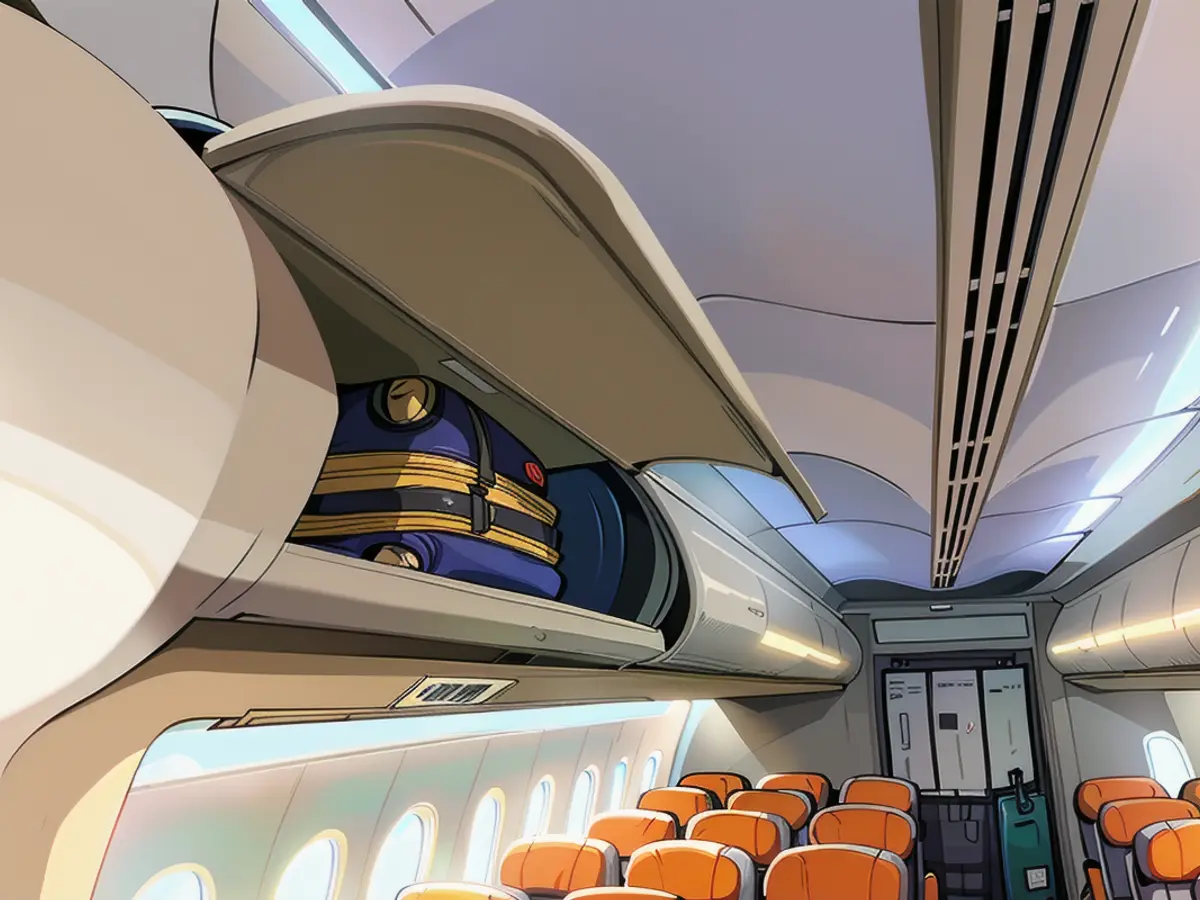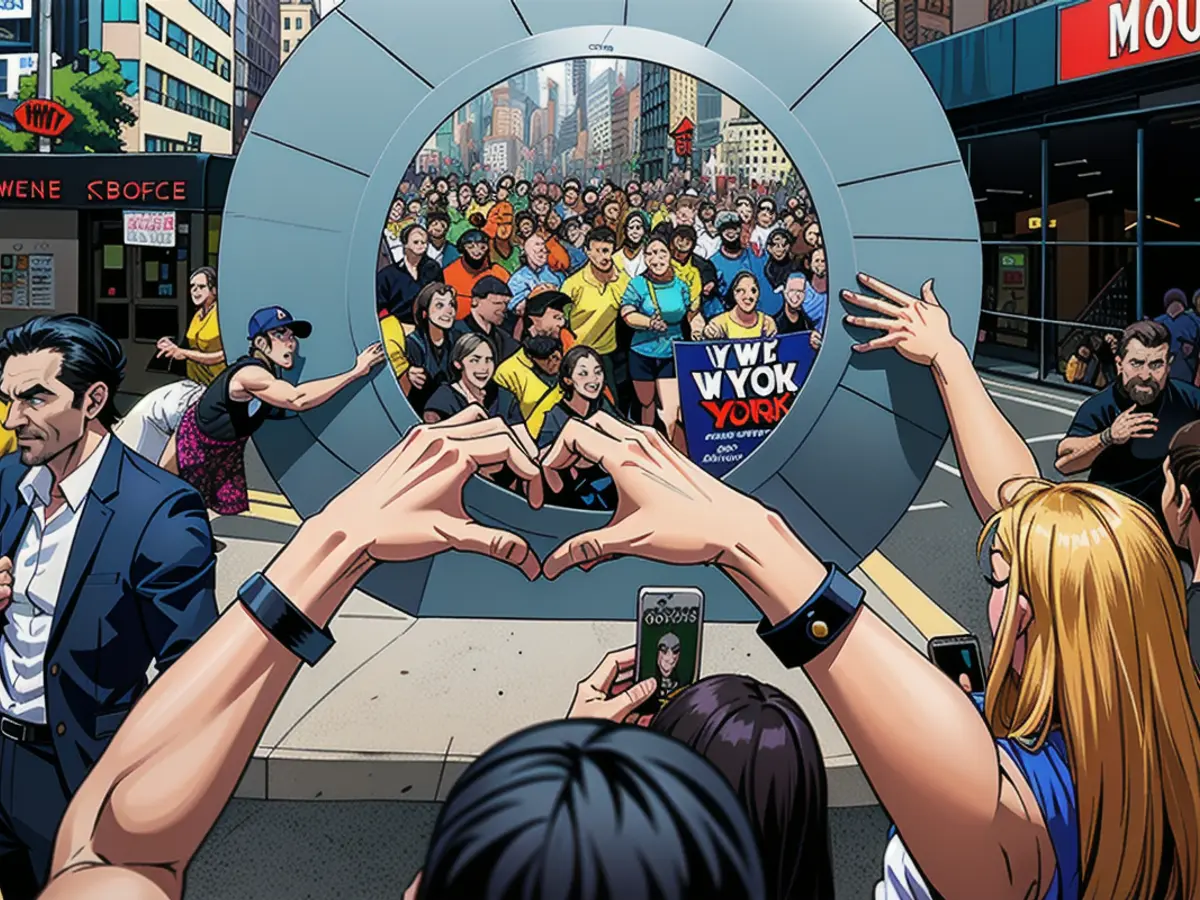A passenger on an aircraft was found in an overhead compartment. This is incredibly dangerous.
Recently, a video surfaced on TikTok of someone allegedly hiding inside an overhead compartment during a flight on Southwest Airlines. The video was shared widely on various social media platforms, although it appears the original TikTok has since been removed.
This isn't the first incident of its kind. Back in 2019, a flight attendant on a Southwest Airlines flight was caught on camera poking their head out of an overhead locker. At the time, the airline responded by saying that the employee was just "having a bit of fun," and that "this is not our normal procedure."
A representative from Southwest Airlines confirmed that the airline is aware of the latest incident and is currently investigating it.
It's important to note that passengers are advised to stay seated and buckled up for the entire duration of a flight. Therefore, climbing into an overhead locker is not a safe and reasonable action to take.
"The overhead bin is not a suitable place for passengers to be," British flight attendant Kris Major told CNN Travel. "If we encountered turbulence, they could get hurt, and they could also injure someone else underneath them."
Additionally, those inside the overhead bin wouldn't have access to an oxygen mask in an emergency situation.
Guido van Geenen, vice president of corporate communications for Diehl Aviation, noted that the lockers are designed to hold luggage, not people.
"Climbing in and out of an overhead bin can be dangerous," van Geenen said. "To get into a locker, a person would have to climb onto the back of the airplane seat, which could buckle under the weight."
He also pointed out that lockers do not have a way to open from the inside, which could cause a problem if someone were to close it from the outside.
Major, who has been a flight attendant for 25 years, has never personally witnessed a passenger inside the overhead locker, but he has seen photos of crew members in lockers during their down time. He added that if he were to encounter a passenger inside a locker, he would try to safely extract them and then assess the situation.
"I would first make sure they're okay and then try to figure out why they were in there. If they were under the influence of something, or if they were mentally unstable, that would be my first assumption," Major said.
If passengers find themselves in a situation where a fellow traveler is inside an overhead locker, Major recommends notifying a crew member rather than trying to intervene themselves.
"Passengers could actually create a disruption if they try to handle the situation directly. Crew members are trained to de-escalate situations, so it's best to let them handle it," Major said.
While there have been recent concerns about disruptive behavior on flights, Major also cautioned against filming and sharing videos of such incidents.
"Sometimes what seems genuine and funny can have unintended consequences, especially if the person in the video is already in a vulnerable state," Major said.
One conceptual design pitched by Toyota Boshoku proposes that the overhead locker space be used as a space for passengers to relax during long-haul flights. The CLOUD CAPSULE concept, which won a Crystal Cabin Award in 2021, envisions a type of capsule that passengers can climb into once the airplane reaches cruising altitude.
Major said that while flight attendants are always keeping an eye on future developments, they are more concerned with improving the space provided for hand luggage than with turning overhead bins into seats.
"The issue with hand luggage is one of the biggest challenges for flight attendants," Major said. "It causes problems if we can't get all the bags stored or if passengers don't put away their belongings properly."
In many flights, the space in the overhead lockers is hard to come by, according to Major. The bins are filled with passengers' luggage and items, leaving little room for anyone else to fit in.
Major emphasizes that while the idea of someone wedging themselves into the overhead locker might seem amusing, it's essential to realize that the airplane cabin is a unique setting, and there are safety rules in place for a reason.
"You're flying through the air at 35,000 feet - 500, 600 miles per hour," he says. "You wouldn't want to cause a problem on the plane. It's not the place for it."

Read also:
- Fear of escalation in the Middle East: US Secretary of State Blinken travels to the region again
- Government circles: US Secretary of State Blinken to travel to Middle East again
- Bridging days 2024: How you can double your vacation this year
- Germany has wanderlust: how tour operators and airlines are looking ahead to the next travel year
Source: edition.cnn.com








